 The Luminous Web
The Luminous WebCOWLEY PUBLICATIONS is a ministry of the brothers of the Society of Saint John the Evangelist, a monastic order in the Episcopal Church. Our mission is to provide books and resources for those seeking spiritual and theological formation. COWLEY PUBLICATIONS is committed to developing a new generation of writers and teachers who will encourage people to think and pray in new ways about spirituality, reconciliation, and the future.
 BARBARA BROWN TAYLOR
BARBARA BROWN TAYLOR
The Luminous Web
Essays on Science and Religion

A Cowley Publications Book
Published by Rowman & Littlefield Publishers, Inc.
A wholly owned subsidiary of
The Rowman & Littlefield Publishing Group, Inc.
4501 Forbes Boulevard, Suite 200, Lanham, Maryland 20706
http://www.rowmanlittlefield.com
Estover Road, Plymouth PL6 7PY, United Kingdom
Distributed by National Book Network
1-800-462-6420
Copyright 2000 Barbara Brown Taylor
Library of Congress Cataloging-in-Publication Data:
Taylor, Barbara Brown.
The luminous web: essays on science and religion / Barbara Brown Taylor
p. cm.
Includes bibliographical references.
ISBN-10: 1-56101-169-X ISBN-13: 978-1-56101-169-8
1. Religion and science. I. Title.
BL240.2.T29 2000
261.5'6dc21 99-057233
An earlier version of first appeared in The Habersham Review (Autumn 1998). The author wishes to thank the editors and readers of these publications for their support.
All rights reserved. No part of this book may be reproduced in any form or by any electronic or mechanical means, including information storage and retrieval systems, without written permission from the publisher, except by a reviewer who may quote passages in a review.
 The paper used in this publication meets the minimum requirements of American National Standard for Information SciencesPermanence of Paper for Printed Library Materials, ANSI/NISO Z39.48-1992.
The paper used in this publication meets the minimum requirements of American National Standard for Information SciencesPermanence of Paper for Printed Library Materials, ANSI/NISO Z39.48-1992.
Printed in the United States of America
 To Edward,
To Edward,
My closest kin and most trusted advisor
Contents

Acknowledgments

I want to thank Thomas Gillespie and the faculty of Princeton Theological Seminary for inviting me to give the 1998 Macleod Lectures on Preaching, which provided the impetus for this book. The careful questions I was asked at Princeton helped me revise the material for a more general audience at Mercer University, where Walter Shurden kindly asked me to deliver the Harry Vaughn Smith Lectures in 1999. Again, the responses I received sharpened my thinking. I am particularly grateful to Steve Runholt, Peter del Nagro, Tom McMullen, Lee Adams Young, and Rollin Armour, Sr., who wrote me with suggestions for fine-tuning portions of this book; to Howard E. Johnson and Rick Austin, who allowed me to tell their stories; and to Peter Hawkins, who gave me the conclusion to chapter two.
My thanks go also to David Heim, editor of The Christian Century, who agreed to publish one chapter of this work last spring. Among the many responses I received to that article was a letter from Louis Jensen, who did me the great courtesy of critiquing it from one scientists point of view. His fidelity to facts and to precision in language provided me with one of my most valuable lessons in the dialogue between religion and science. Needless to say, neither he nor any of my other correspondents bear any responsibility for errors I may have made in these pages.
I am also grateful to my editors Cynthia Shattuck and Vicki Black for grooming the manuscript over and over again, and to Denise Bobo for typing it. My deepest thanks are reserved for my husband Ed. When deadlines loomed and I lost all confidence in what I was doing, he talked me through the night. For this and for other gifts too many to count, I thank him.
Barbara Brown Taylor
Clarkesville, Georgia
I
Between Science and Faith

Religion declined not because it was refuted, but because it became irrelevant, dull, oppressive, insipid. When faith is completely replaced by creed, worship by discipline, love by habit; when the crisis of today is ignored because of the splendor of the past; when faith becomes an heirloom rather than a living fountain; when religion speaks only in the name of authority rather than with the voice of compassion, its message becomes meaningless.
ABRAHAM HESCHEL
I AM NOT A SCIENTIST. IT IS TRUE THAT I RECEIVED a small microscope for my ninth birthday and gave myself headaches by looking into it for hours at a time. The first thing I saw was a hair plucked from my own head, as fat and shiny as a tarred telephone pole. After that, I tried everything that would fit below the eyepiece: flower petals, dirt, a page torn from the telephone book. I spent the better part of an afternoon with a dropper full of pond water, andonce I had worked up my nervewith a smear of my own blood that was as beautiful to me as a red stained glass window.
The next year there was a chemistry set, with all the requisite explosions, followed by an electromagnetic device that made all the hairs on my arm stand up. When my fifth-grade science class studied genetics, I went to the pet store and bought a dozen mice. Half of them were white with pink eyes. The other half had dark fur and black eyes. My project was to breed a white mouse with black eyes, orif that turned out to be impossiblethen at least to produce a dark mouse with pink eyes.
I do not remember whether or not I succeeded, but I do remember that I midwifed quite a lot of mice. There were the inevitable mutants, including a small white mouse that did nothing but turn round and round in tiny circles all day, and a mother mouse who ate each of her newborn babies in turn. By the time it was all over, there was a small colony of escapees who lived in the basement and one lone fugitive who somehow got loose in the family car. We never saw him, but sometimes we could hear him chewing the upholstery inside the seats, and once we found a little nest he had made in the trunk.
After I arrived at high school, my interest in science waned. When I balked at dissecting the same kind of mice I had spent months breeding, a classmate helpfully explained the problem to me. In the first place, he said, I was a girl, and girls were notoriously bad at science. In the second place, he said, I made As in English, which was a sure sign that my mind was tuned more to words than to mice. His advice was that I should save myself a lot of grief by steering clear of science altogether. What use would someone like me ever have for logarithms or the periodic table?
Taking his advice, I avoided math and all the other sciences along with it, which meant that I did not see much more of him. I spent my time with the editors of the school literary magazine, who wrote poetry and read Kafka. When we walked by the chemistry lab we held our breath, to avoid inhaling sulfurous fumes. As far as we were concerned, we were as different from the people inside as birds were from bats. I cannot remember anyone in high school who violated this academic caste system. If you belonged to the Drama Club, you did not join the Science Club. If you were good at trigonometry, you assumed you would never understand the allegory in


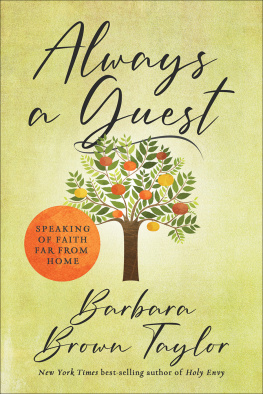
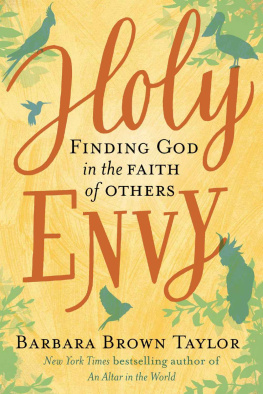
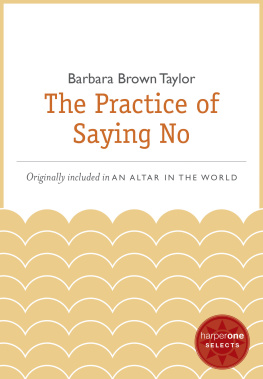
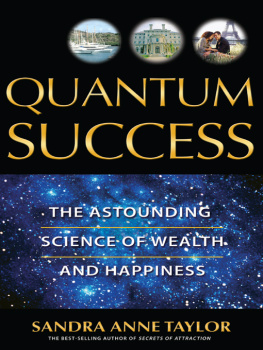
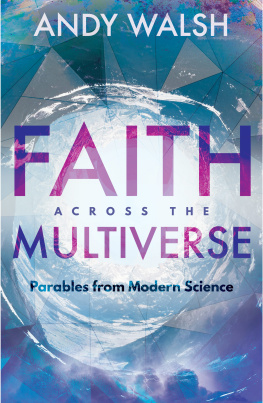
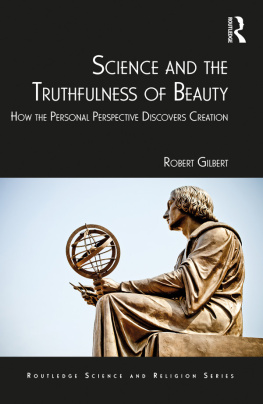
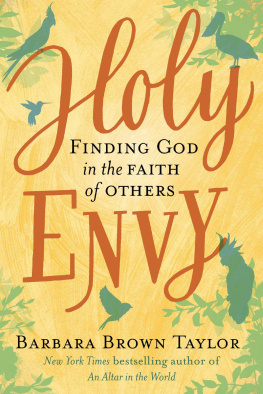

 The Luminous Web
The Luminous Web BARBARA BROWN TAYLOR
BARBARA BROWN TAYLOR
 The paper used in this publication meets the minimum requirements of American National Standard for Information SciencesPermanence of Paper for Printed Library Materials, ANSI/NISO Z39.48-1992.
The paper used in this publication meets the minimum requirements of American National Standard for Information SciencesPermanence of Paper for Printed Library Materials, ANSI/NISO Z39.48-1992.